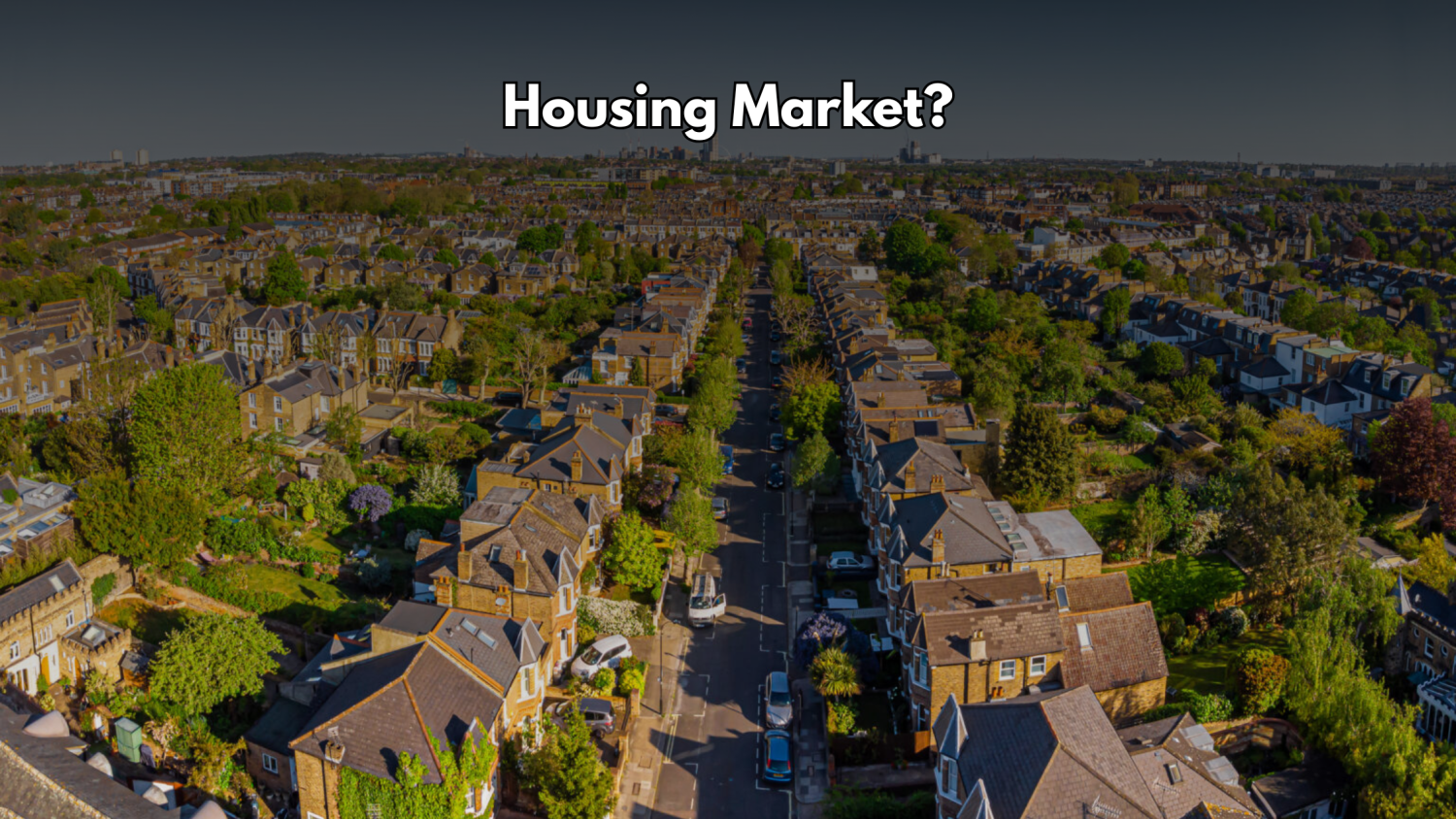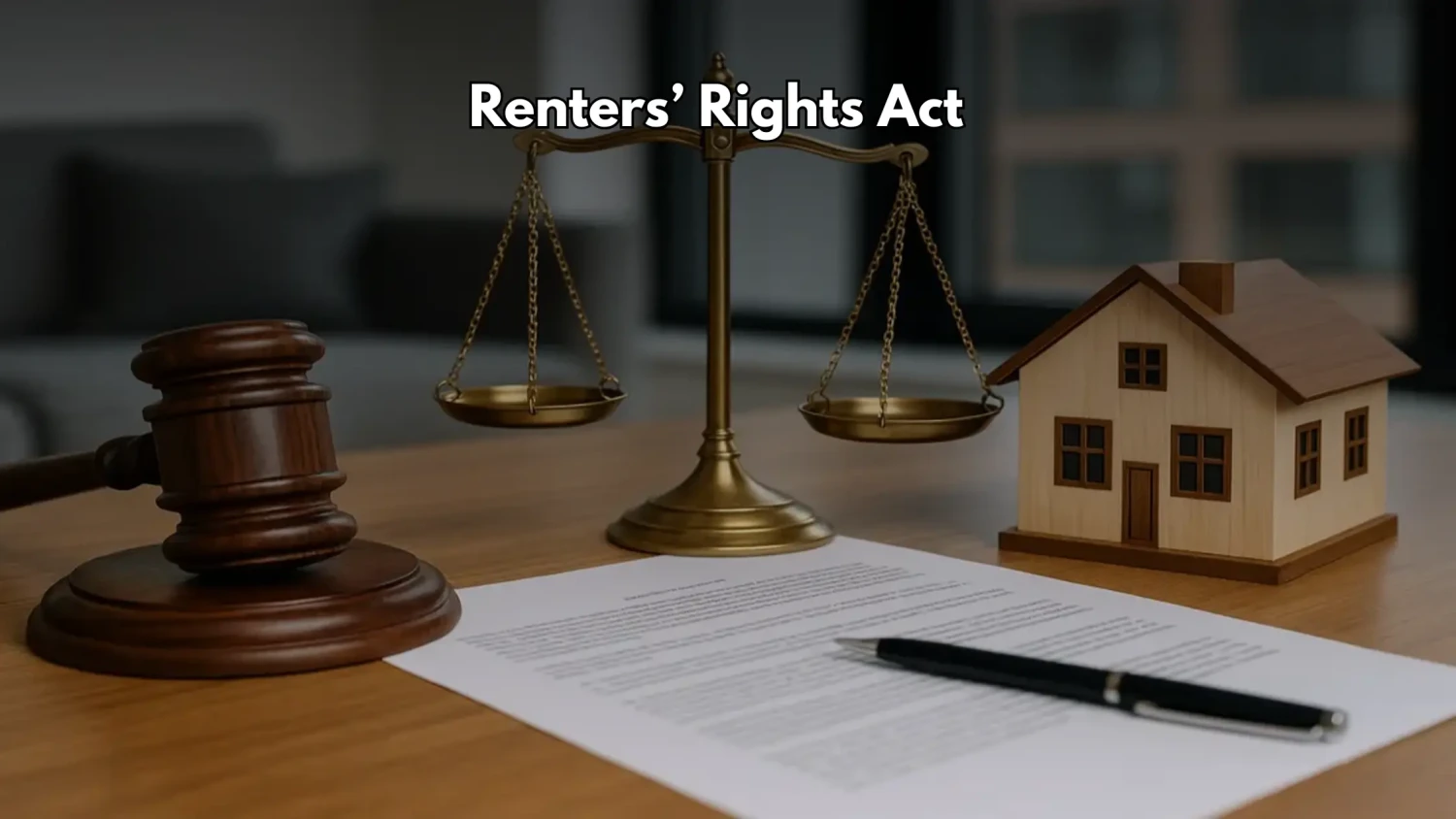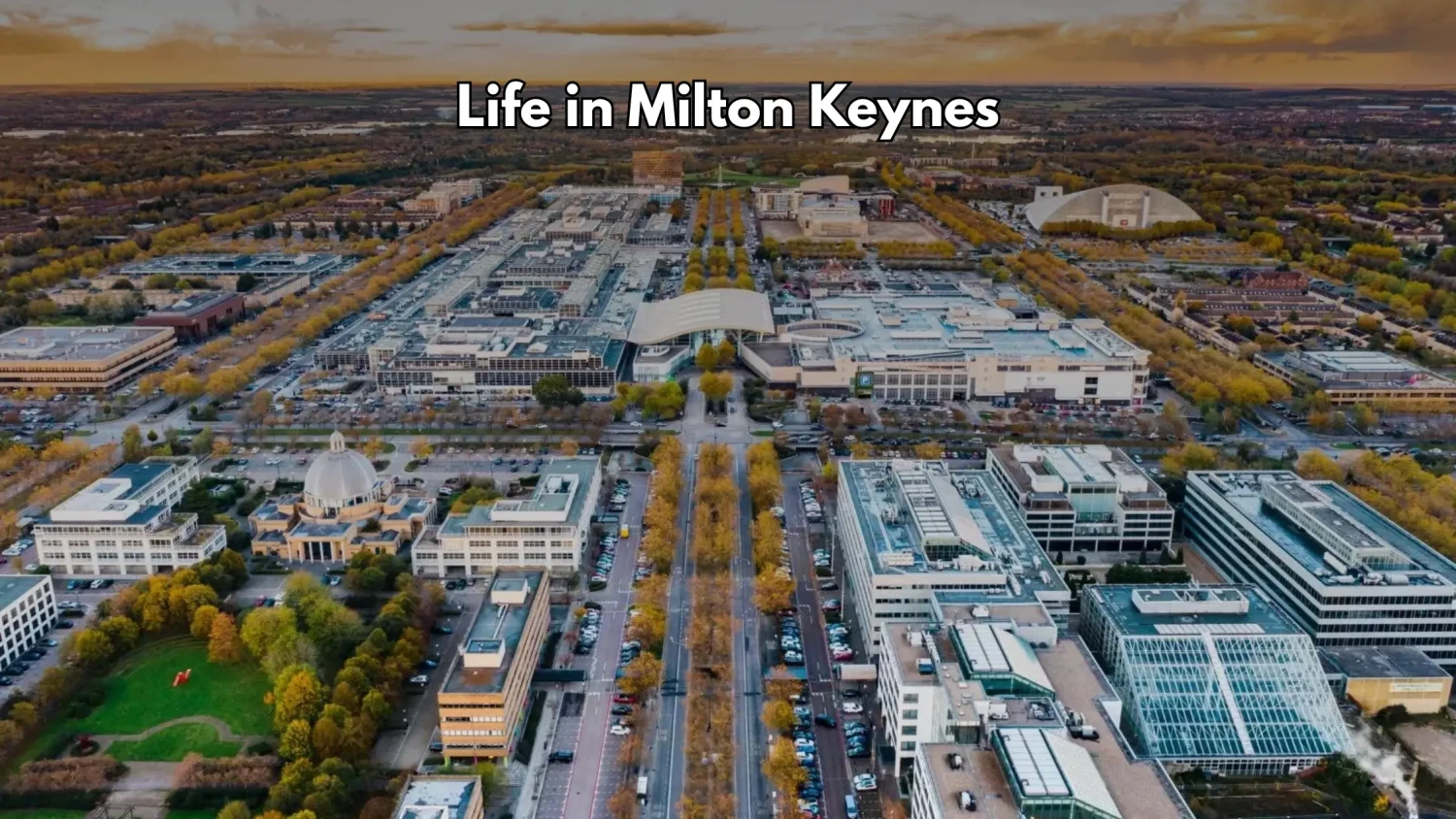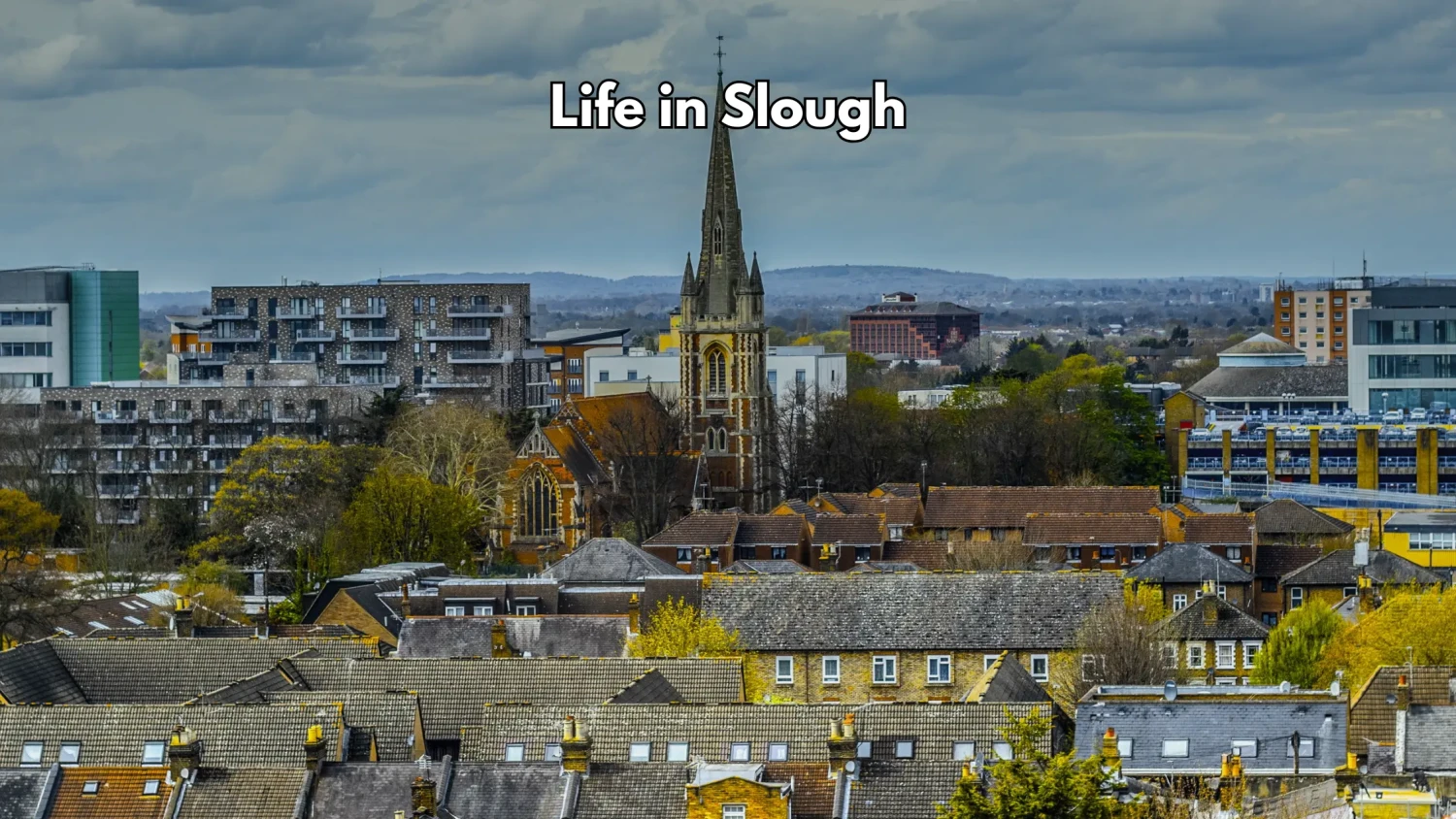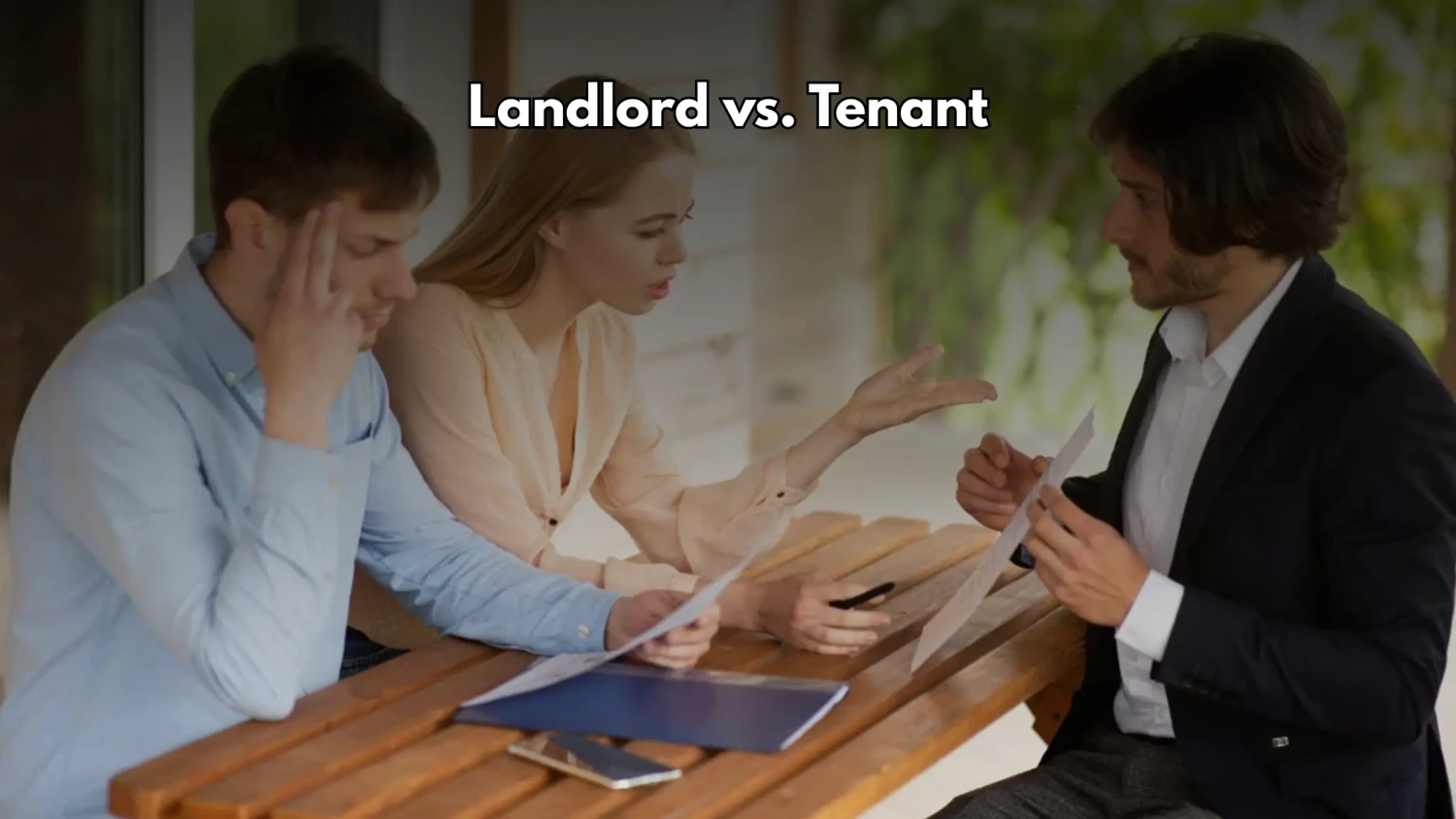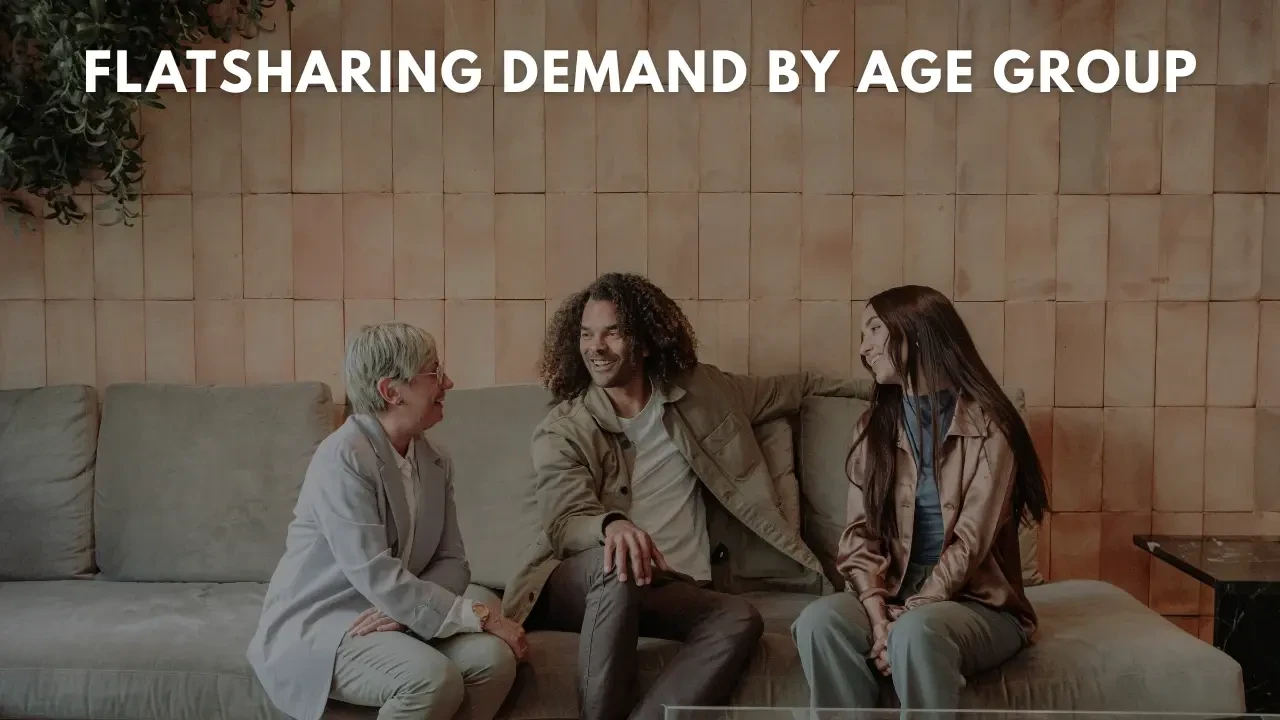
Previously primarily a rental housing option for students and fresh graduates, flat-sharing is increasingly becoming an ordinary form of housing for persons across different age groups. In 2025, the market trails steady demands from young renters while unexpectedly witnessing a sharp demand rise from the older folks. Understanding these landscape shifts is essential for the stakeholders of today's rental landscape whether these are persons seeking affordable living, companionship, or a lifestyle for a particular stage of life.
Young Adults (18–24): The Traditional Core
In the shared flat market, young adults continue to be a major source of demand. Increased rent levels, lagged transitions into homeownership, and the freedom associated with a sharing setup keep them preoccupied with the shared flat market.
Demand share: About 20% of all flatsharers are between 18 and 24 years old in 2025.
Motivation: Saving on cost while living near universities or first jobs. And most of all, social living.
Their overall share, however, has started to plateau. An increasing number of youngsters either stay put longer at a family home or enter purpose-built co-living spaces, thus decreasing their dependence on regular flat-sharing arrangements.
Young Professionals (25–34): Still the Largest Group
Flatsharing remains a favorite for the age group 25-34. These are people in the early stages of their career. People are always transferring from one place to another for work. Thus, they normally want flexibility and do not want to share the economic burden that single renting provides.
Demand share: Over 33 per cent in most areas.
Reasons: Lifestyle flexibility, urban mobility, and affordability.
Though it is still above the rest and retains its number one status, it is slowly losing its grip on market share as others grow faster.
Middle-Aged Adults (35–44): A Steady Riser
Flat sharing has ceased being solely a "youth solution." Adults in their thirties to forties are increasingly opting for shared accommo-dation because of factors like housing affordability and lifestyle changes induced by divorce, career changes, or relocations.
Share of demand: Around 15% and rising.
Motivations: Practicality, affordability, and in some cases, social interaction during life transitions.
This group is indicative of a transition of flatsharing into a normalized choice among other stages of life.
Older Adults (55+): The Fastest Growing Segment
With the rise of elderly renters in flatsharing systems, the year 2025 has witnessed one of its most striking changes. This group, once virtually invisible in the shared housing market, is now fastest growing.
Growth rate: Double- and triple-digit percentage increases when compared to a decade ago.
Motivation: Downscaling after retirement, extra money, companionship, and fighting loneliness.
For many, flatsharing offers not only financial assistance but also companionship, which traditional downsizing or retirement homes may not.
Regional Highlights
Western countries: Older adults started entering the marketplace in high numbers, in instances comprising nearly a third of all shared households.
Asia & emerging markets: Most of the demand over there still comes from the 20–34 age group in the forms of urban migrant youths and young professionals. However, this participation from older folks is set to increase in the years to come.
What This Means for Tenants
- Affordable housing cuts across all age groups: A shared living scenario offers a great option to cut costs while being able to afford better locations and amenities.
- Companionship counts: Especially for the older renter, shared living reduces social isolation while forging social connection.
- Diverse Communities: Flatshares are no longer one-dimensional; they are multigenerational spaces composed of people at different stages in life.
- Tenant choices: Increasing demand crosswise age offers tenants more opportunities to find flatshares that suit their lifestyle, be it youth-oriented, professional, or age-diverse.
Conclusion
Flatsharing in 2025 has moved far beyond its stereotype of being merely an arrangement for students. That said, the demographics remain dominantly between the ages of 25 and 34, while most dynamic growth occurs among those aged 55 and above, ushering in a new cultural metamorphosis. Shared housing has become a solution that is flexible, cheap, and socially rewarding among the aged.
Hence, more options, more diversity, and higher acceptance of flatsharing as a legitimate way of life—not just a crane for undergoing a short-term crunch on the tenants are brought about.
